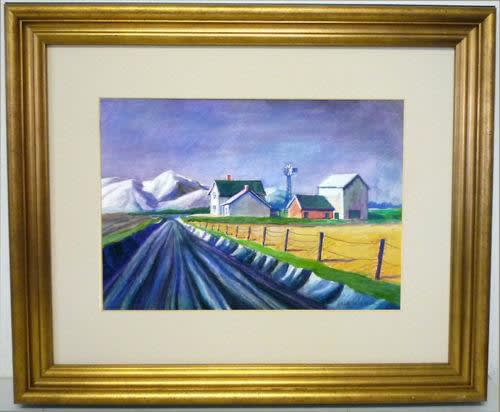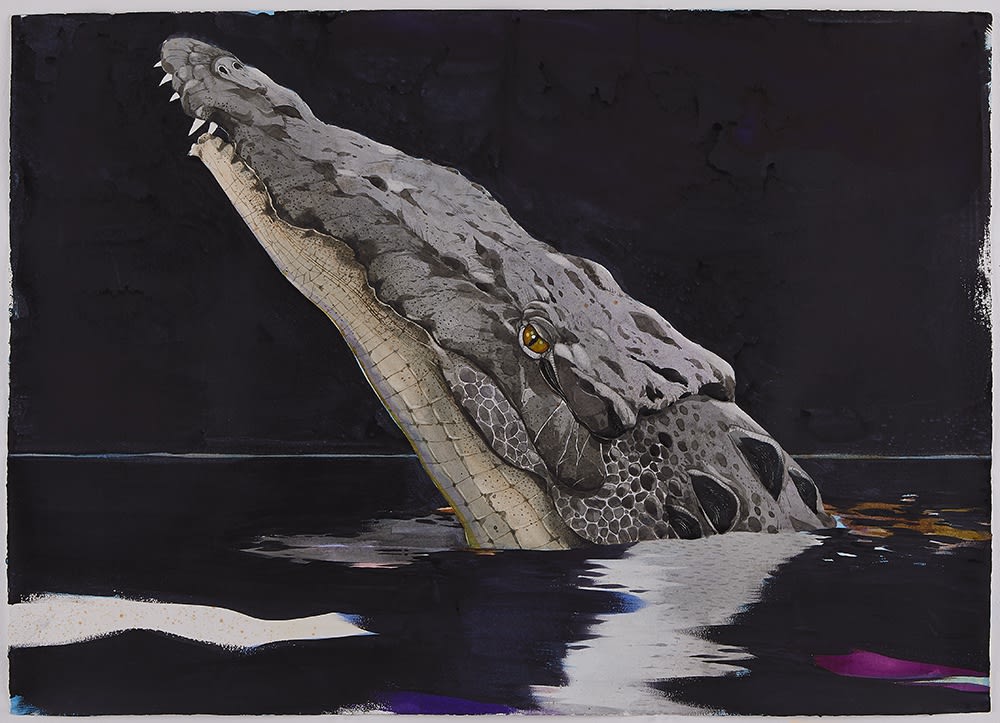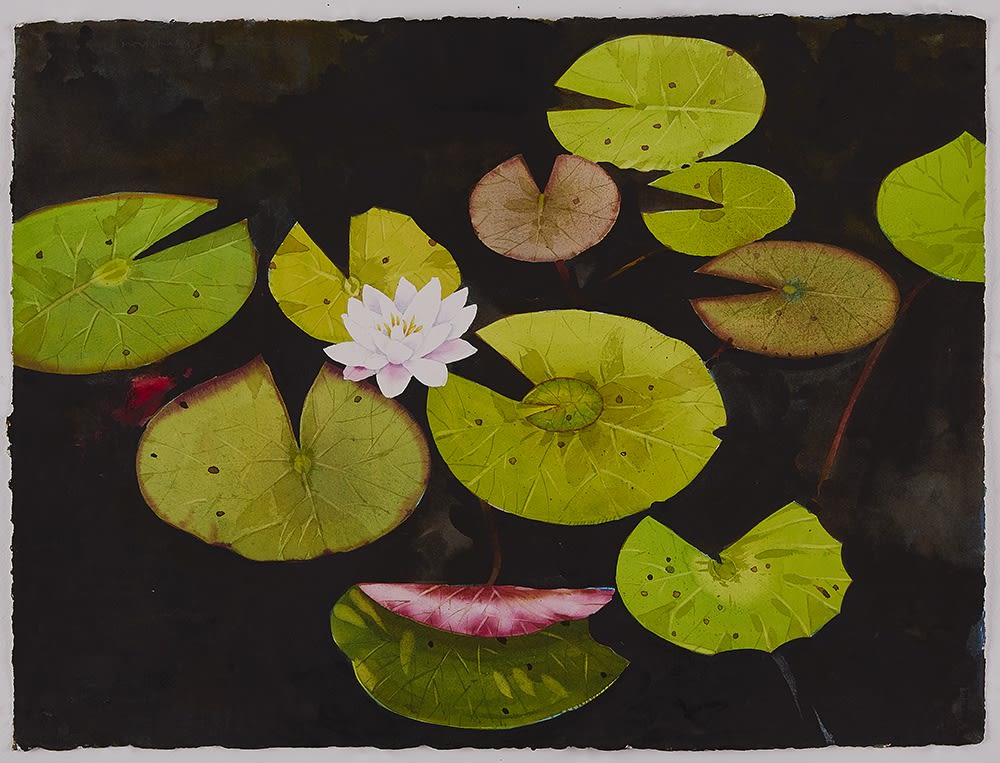Watercolor painting dates back to prehistoric times. Pigments from plants were mixed with water, applied with fingers, sticks and bones, to create cave paintings. Ancient Egyptians used water-based paints to decorate tombs and temple walls.
Paper was invented around 105 A.D., according to historians. A eunuch named Ts’ai Lun, who served in the Chinese imperial court is credited with not only inventing paper, but helping to spread the word about its practical applications. Paper was a great innovation for watercolor artists. It was made in China, then the Middle East, Europe and, finally, in America.
Watercolor paint is a difficult medium to use. The pans of paint, or paint cakes (the form that most of us used when we were children) were the first commercial paints available. Watercolors are now available in tubes, thanks to chemists and the demand for commercial water-based paints. The demand for artists watercolor paints has always been much lower than the demand for house paint.
What makes watercolor so special is the way it can be layered to create spectacular colors and depth. The emotional impact that the watercolors create takes time and practice to master. Oil and acrylic paints are easier to use, and are the choice of most artists. But not all…
At Surovek Gallery we have works by some of America’s foremost watercolor artists:
Andrew Wyeth 1917-2009
Andrew Wyeth was one of America’s greatest artists. Wyeth’s father, N.C. Wyeth, was an illustrator, who tutored Andrew at home. When Wyeth was twenty, his watercolors were shown at the MacBeth Gallery in New York. The show sold out.
N.C. taught his son to paint with both oil and watercolor. Wyeth’s most famous painting, Christina’s World, was done in egg tempera, a medium he was taught to use by his brother-in-law, painter Peter Hurd.
Dale Nichols 1904-1955
Dale Nichols was a successful illustrator and educator before he began to travel extensively during the last half of his life. It’s not surprising that he mastered the art of working with watercolors. They are portable. They can be cleaned up with just water.
What is surprising, and touching, is that, despite the distances he traveled, Nichols always came back to painting scenes that recalled the Nebraska farmhouse where he grew up.
Milton Avery 1885-1965
Milton Avery used large swatches of color in many of his oil paintings. He inspired a generation of young artists, like Mark Rothko. Art critic Hilton Kramer said of Avery, “He was, without question, our greatest colorist. … Among his European contemporaries, only Matisse—to whose art he owed much, of course—produced a greater achievement in this respect.”
Avery and his wife, Sally, did most of their work in their New York apartment. When they traveled, Avery continued to paint, using watercolors to capture the depth and feeling that he might not have obtained with oils.
Scott Kelley 1963 – present
Scott Kelley lives in Maine and travels to Florida to paint the flora and fauna of the Everglades. Kelley’s skill allows him to create works of intense color and texture.
Stephen Scott Young 1957 – present
Stephen Scott Young divides his time between his Florida home and his home in the Bahamas. Young uses a drypoint technique to create scenes and portraits with exquisite color and detail.
Please contact us if you would like more information about the works of any of the fine artists whose works are available at Surovek Gallery.










